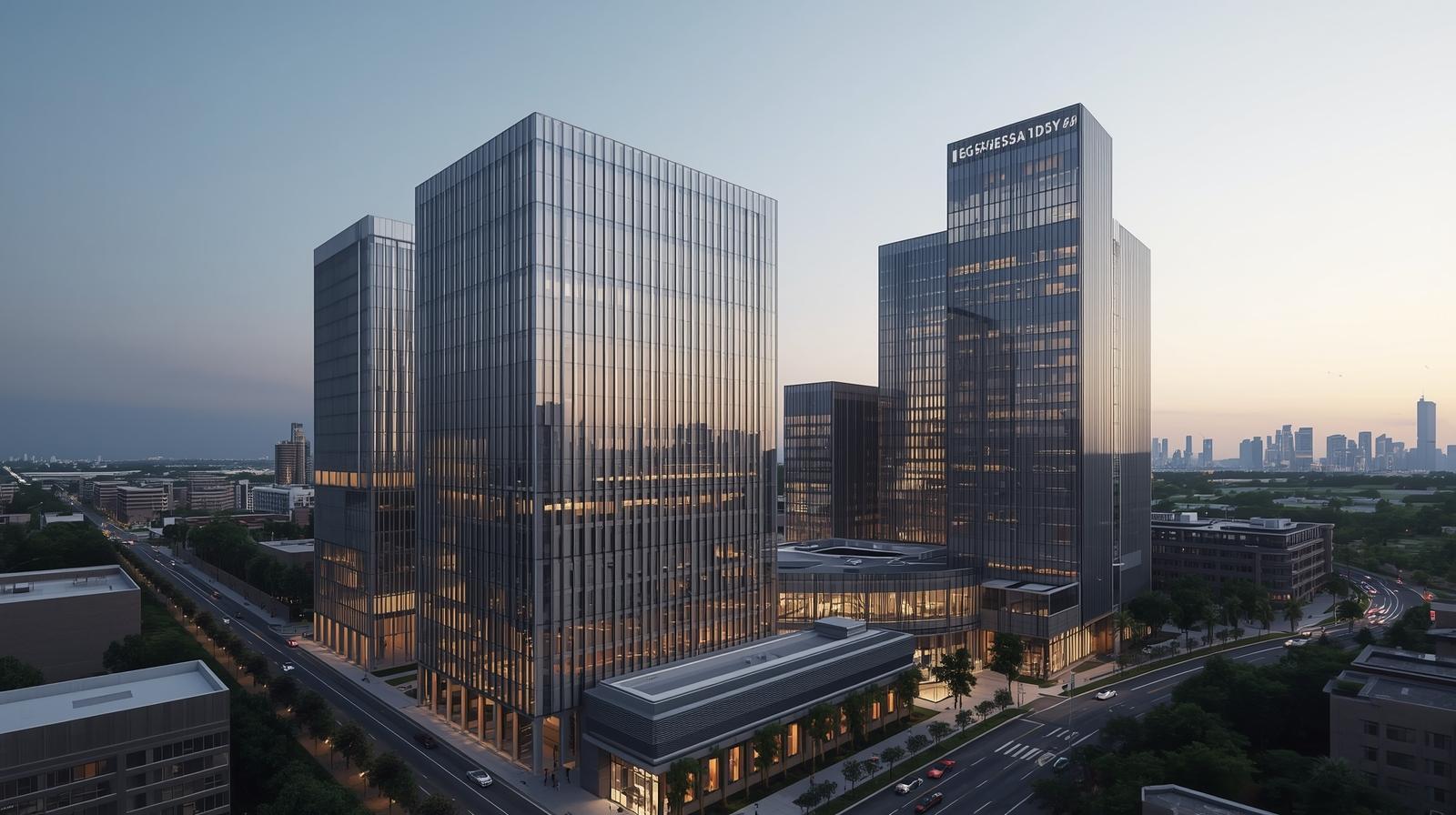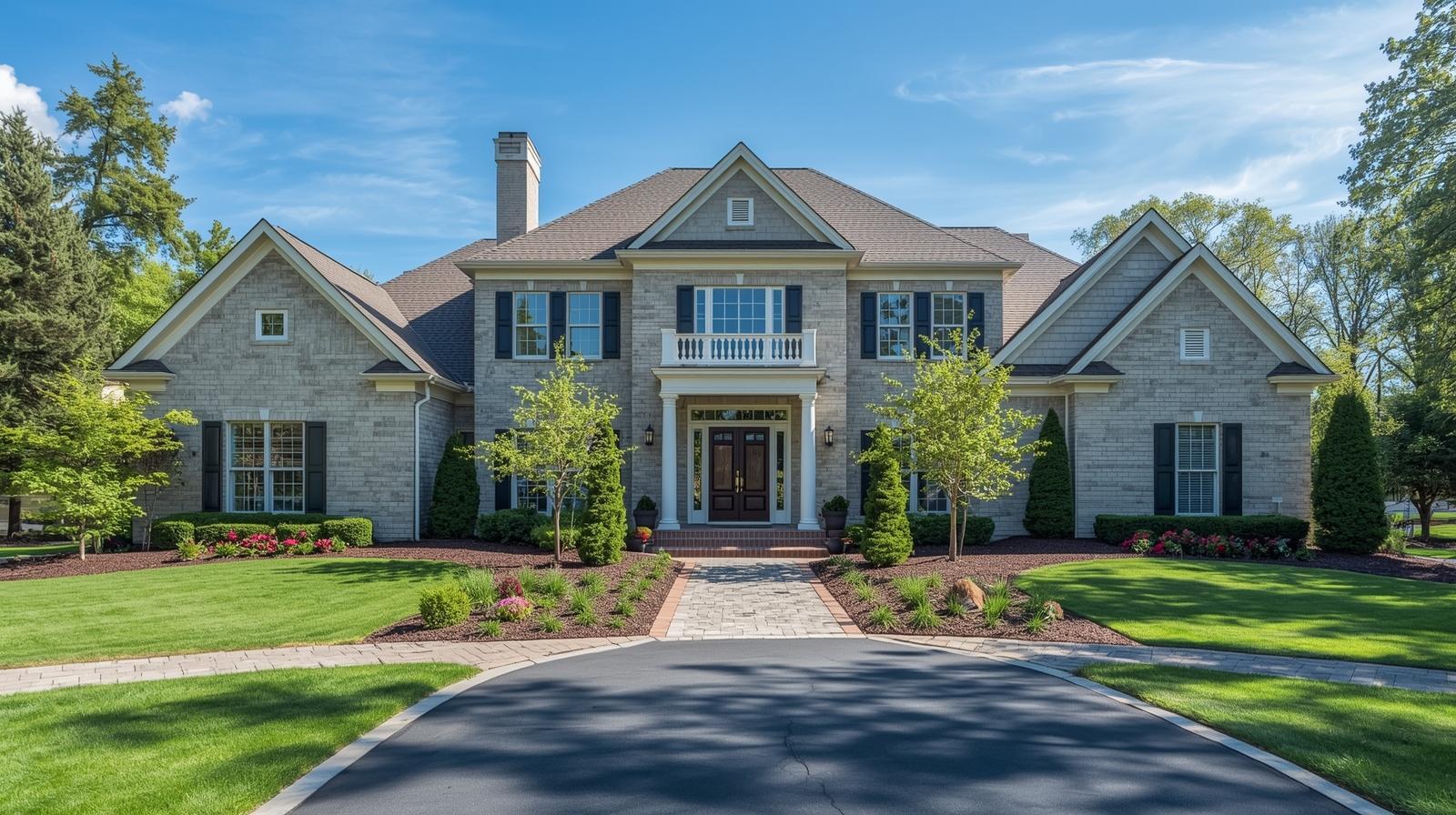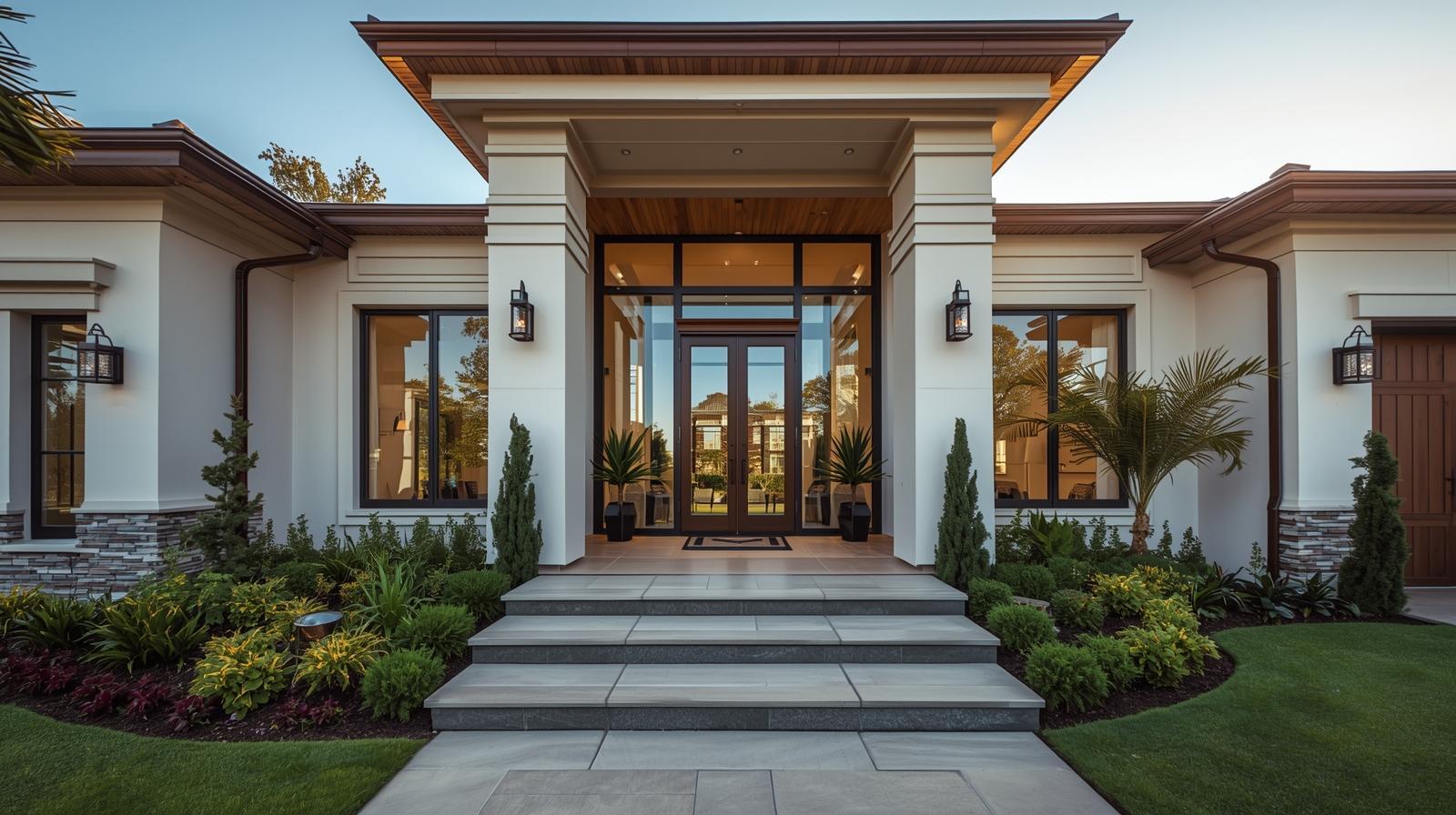Weekly Housing Trends View — Data Week May 30, 2020

Our research team releases regular monthly housing trends reports. These reports break down inventory metrics like the number of active listings and the pace of the market. In light of the developing COVID-19 situation affecting the industry, we want to give readers more timely weekly updates. You can look forward to a Weekly Housing Trends View near the end of each week. Here’s what the housing market looked like last week.
Weekly Housing Trends Key Findings
- Total inventory was down 23%. Signs are pointing to rising home buyer interest, and steeper declines in inventory are on the horizon unless more sellers list homes for sale.
- Time on market was 17 days slower than last year as it takes longer to find a buyer and complete a sale in the current markets.
- New listings down 23%. With fewer sellers returning to the market compared to a week ago, the yearly declines in new listings remain roughly steady, suggesting that while the general trend is toward improvement, it’s a bumpy road and seller confidence is not quite back to normal yet.
- Median listing prices have maintained momentum and growth is now closer to pre-COVID levels.
Data Summary
| Week ending May 30 | Week ending May 23 | Week ending May 16 | First Two Weeks March | |
| Total Listings | -23% YOY | -22% YOY | -20% YOY | -16% YOY |
| Time on Market | 17 days slower YOY | 16 days slower YOY | 15 days slower YOY | 4 days faster YOY |
| Median Listing Prices | 3.1% YOY | 3.1% YOY | 1.5% YOY | +4% YOY |
| New Listings | -23% YOY | -20% YOY | -28% YOY | +5% YOY |
Weekly Housing Trends View
New listings: On the slow path to recovery. Nationwide the size of declines held mostly steady this week, dropping 23 percent over last year, a slight increase over last week but still an improvement over the 30 percent declines in the first half of May.
More properties will have to enter the market in June to bring the number of options for buyers back to normal levels for this time of the year, nationwide and in all large markets.
In the first two weeks in March (our pre-COVID-19 base), new listings were increasing 5 percent year-over-year on average. In the most recent three weeks ending May 16, May 23, and May 30 the volume of newly listed properties decreased by 28 percent, 20 percent, and 23 percent year-over-year, respectively. The continued declines in newly listed properties mean we’ve yet to see the full wave of spring sellers return to the market. However, recovery could be on the horizon as three quarters (36 of 99) of large metros continue to see smaller declines this week, including New York and Chicago.
Asking prices: Price gains keep momentum as the mix of homes for-sale continues to revert back toward pricier properties.
In the first two weeks of March (our pre-COVID-19 base), median listing prices were increasing 4.4 percent year-over-year on average. In the most recent three weeks ending May 16, May 23, and May 30, the median U.S. listing price posted an increase of 1.5, 3.1 and 3.1 percent year-over-year, respectively. While current price gains remain below pre COVID-19 levels, we expect them to continue accelerating in the weeks to come as more sellers regain confidence and inventory remains limited relative to buyer interest. Locally, 81 of the largest 100 metros saw asking prices increase over last year.
Total Active Listings: Sellers have yet to come back in full force, limiting the availability of homes for sale. Total active listings are declining from a year ago at a faster rate than observed in previous weeks, and this trend could worsen as buyers regain confidence and come back to the market before sellers.
Weekly data show total active listings declined 23 percent compared to a year ago as the lack of sellers is currently outweighing the extra time homes spend on the market. Signs, such as more purchase mortgage applications than last week and a year ago, are pointing to rising home buyer interest, and steeper declines in inventory are on the horizon unless more sellers list homes for sale to meet rising demand.
Time on market: While new listings and asking prices are gaining momentum, homes are still sitting over two weeks longer on the market than this time last year. It could take a few more weeks for time on market to reach pre-COVID levels as buyers come back to the market and the pace of sales resumes.
In the first two weeks in March (our pre-COVID-19 base), days on market were 4 days faster than last year on average. The trend in time on market began to slow in mid-March, but the indicator didn’t register an increase until April. Data for the week ending May 30 showed that time on market was 17 days or 30 percent greater than last year, the biggest increase in time on market since 2013. With fewer fresh new properties and buyers taking their time in this strange new world of home searching, sellers should be prepared to wait longer to find a buyer and longer for the transaction to close as well. It’s visible in local data as well as the national figures, with 85 of the largest 100 metros showing similar double-digit percent increases in time on market from one year ago. However, more markets continue to see smaller single-digit increases and could see time on market drop in June, including Dallas, San Francisco and Nashville.










Related Posts